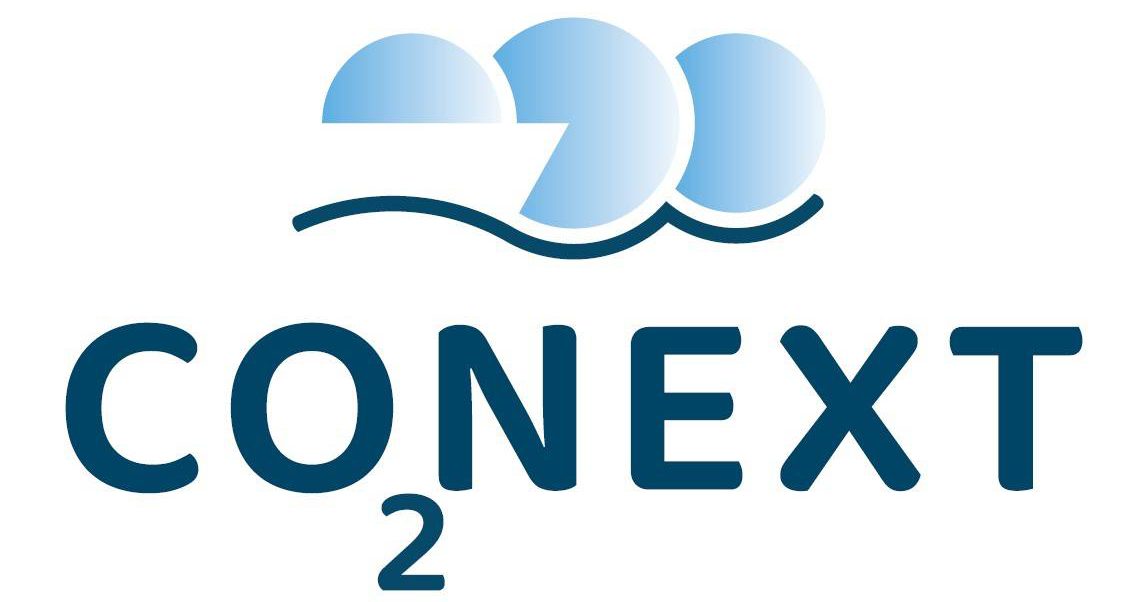RvO conducted a spatial exploration following the plans for the transport of CO2 from the Maasvlakte to empty oil and gas fields in the North Sea. The report was published early December.
RvO (Rijksdienst voor Ondernemend Nederland) conducted a spatial exploration following the plans for the transport of CO2 from the Maasvlakte to empty oil and gas fields in the North Sea. This involves large-scale infrastructure, including a pipeline of over 200 km at the bottom of the North Sea. The reults are included in a report that was published early December.
The Netherlands wants to have a CO2-free energy system by 2050. This was agreed in the Climate Agreement. To achieve this goal, it is important that the industry becomes more sustainable. One solution is the capture and storage of CO2 in, for example, empty gas fields, called Carbon Capture Storage (CCS). The central government therefore sees this as an important (transitional) technology and therefore stimulates CO2 storage under the North Sea. In 2019, the procedure for the Porthos project for transport and storage of CO2 started. From 2020 onwards, more (market) parties show interest in transport and storage of CO2. In a spatial exploration CO₂-transport and storage, the space usage of these initiatives and developments has been mapped out. The results are summarised in a report.
In addition to a description of CO2 capture, transport and storage techniques, and of the various initiatives, the report contains an outline impact analysis. The most important conclusions are that the plans described do not (no longer) overlap, seem, based on a first analysis, to be spatially compatible and match the quantities of CO2 that industry wishes to store (the storage requirement). The report is in Dutch.


